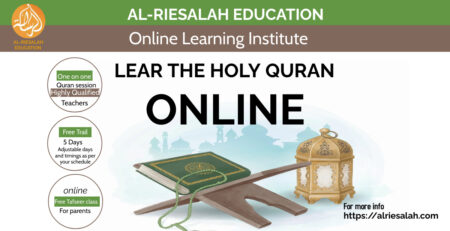Islam and Christianity Impacts on the Medieval World
In the medieval period, Islam and Christianity emerged as dominant forces shaping the socio-cultural, political, and intellectual landscape of the world. While both religions had significant impacts, this article highlights the profound influence of Islam on Medieval Europe, surpassing the influence of Christianity in medieval Asia.
Islamic Influence on Medieval Europe
Islam’s impact on Medieval Europe was multifaceted and profound. One of the most significant aspects of this influence was the transmission of knowledge and cultural exchange between the Islamic world and Europe. Muslim scholars preserved and translated ancient Greek and Roman texts, contributing to the revival of learning in Europe during the Renaissance. Islamic contributions in mathematics, astronomy, medicine, and philosophy laid the foundation for scientific and intellectual advancements in Europe.
Moreover, Islamic civilization introduced innovations in architecture, art, and technology that left a lasting imprint on Europe. The architectural styles of mosques, palaces, and gardens inspired European builders and craftsmen, leading to the incorporation of Islamic elements into Gothic architecture. Trade networks established by Muslim merchants facilitated the exchange of goods, ideas, and technologies between Europe and the Islamic world, stimulating economic growth and cultural diffusion.
Additionally, Islamic rule in Spain (Al-Andalus) from the 8th to the 15th century created a diverse and cosmopolitan society where Muslims, Christians, and Jews coexisted and thrived. The flourishing of literature, science, and art in Al-Andalus influenced European culture and contributed to the intellectual ferment of the Renaissance.
Christian Influence in Medieval Asia
In contrast to Islam’s pervasive influence on Medieval Europe, the impact of Christianity in medieval Asia was relatively limited. Although Christianity spread to parts of Asia through missionary activities and trade contacts, it did not attain the same level of cultural or political dominance as Islam did in Europe.
One notable exception was the spread of Nestorian Christianity along the Silk Road, where Nestorian communities established churches and monasteries in Central Asia, Persia, India, and China. However, these communities remained relatively isolated and did not significantly alter the religious or cultural landscape of Asia.
Furthermore, the Crusades, launched by European Christians to reclaim the Holy Land from Muslim control, had minimal impact on Asia beyond transient military incursions and diplomatic exchanges. While the Crusades influenced European perceptions of the East and stimulated trade between Europe and Asia, they did not lead to the widespread conversion of Asians to Christianity or the establishment of Christian states in the region.
Comparative Analysis
The comparative analysis reveals the depth and breadth of influence exerted by Islam on Medieval Europe compared to the influence of Christianity in medieval Asia. Factors contributing to these disparities include the extent of cultural exchange, economic ties, political power, and the longevity of Islamic rule in certain regions.
Conclusion
In conclusion, the influence of Islam on Medieval Europe was more profound and enduring than the influence of Christianity in medieval Asia. Islam’s contributions to European civilization in various fields such as science, culture, and commerce were transformative, shaping the course of European history. Conversely, Christianity’s impact in medieval Asia was relatively peripheral, as it failed to establish significant religious or cultural hegemony in the region.
FAQs
- Why did Islam have a stronger influence on Medieval Europe?
- Islam’s influence was stronger due to extensive cultural exchange, scientific advancements, and economic ties between the Islamic world and Europe.
- What were the major contributions of Islamic civilization to Europe?
- Islamic civilization contributed to Europe in fields such as science, medicine, philosophy, architecture, and art.
- Did Christianity have any significant impact in Asia during the medieval period?
- Christianity’s impact in Asia was limited, with isolated communities along the Silk Road and minimal cultural influence.
- How did trade networks facilitate cultural exchange between Europe and the Islamic world?
- Trade networks allowed for the exchange of goods, ideas, and technologies, fostering cultural diffusion and intellectual exchange.
- What lessons can we learn from the comparative analysis of Islam and Christianity’s impact on the medieval world?
- The comparative analysis highlights the importance of cultural exchange, economic ties, and political power in shaping historical developments.








Leave a Reply